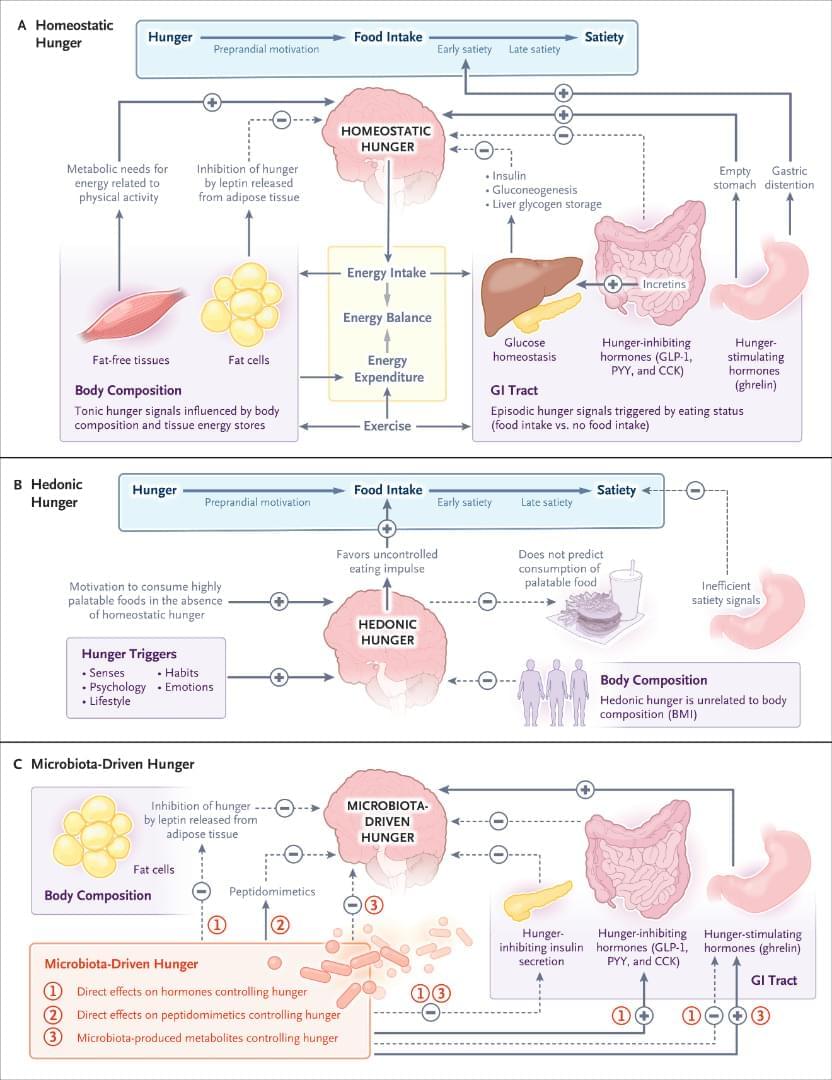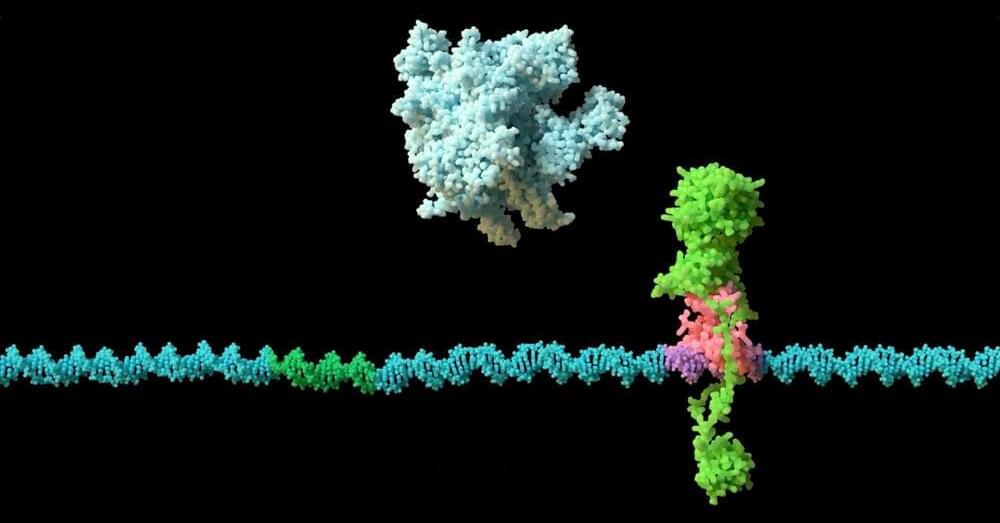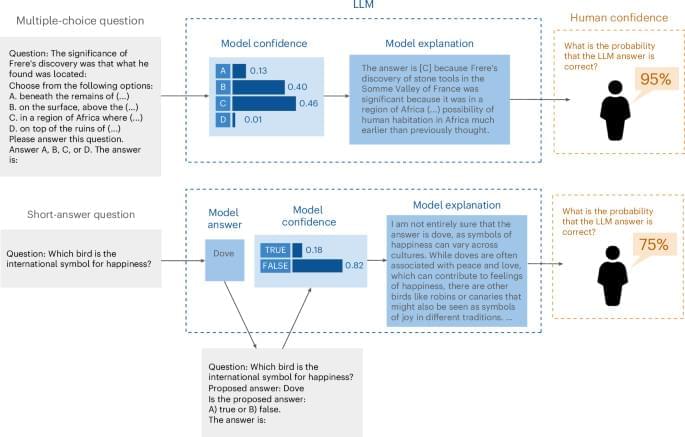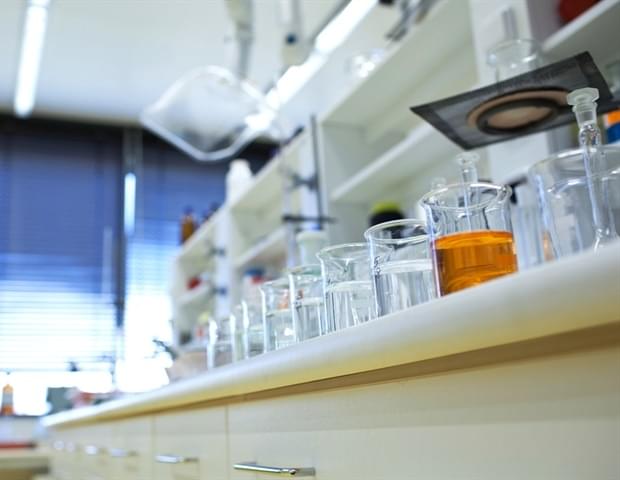More than 10,000 organizations, including Comcast, Block, Rivian and Shell, rely on the company’s Databricks Data Intelligence Platform to manage and analyze data for AI applications.




When their quantum properties are precisely controlled, some ultracold atoms can resist the laws of physics that suggest everything tends towards disorder.

A global team has made a significant advance in understanding how bacterial plasmids contribute to antibiotic resistance.
Their findings reveal a complex mechanism involving the proteins KorB and KorA, which could lead to innovative treatments to weaken drug-resistant bacteria.
Breakthrough in Bacterial Resistance Research.
The space debris problem won’t solve itself. We’ve been kicking the can down the road for years as we continue launching more rockets and payloads into space.
In the last couple of years, organizations – especially the European Space Agency (ESA) – have begun to address the problem more seriously.
Now they’re asking this question: What will it take to reach zero space debris?
TVA has selected the BWRX-300 SMR for potential deployment at the Clinch River Site near Oak Ridge, Tennessee. If the funding is approved, TVA plans to accelerate construction of the first SMR, with commercial operations planned for 2033.
“Nuclear power has a key role to play in reaching a cleaner and more secure energy future,” said Scott Strazik, CEO, GE Vernova.
“Funding from this grant would play a critical role in the path forward, and we look forward to working with TVA and this strong team of utility and supply chain partners to accelerate the roll-out of small modular reactors in the United States.”



For over a decade, complexity scientist Peter Turchin and his collaborators have worked to compile an unparalleled database of human history – the Seshat Global History Databank. Recently, Turchin and computer scientist Maria del Rio-Chanona turned their attention to artificial intelligence (AI) chatbots, questioning whether these advanced models could aid historians and archaeologists in interpreting the past.
The study, which is the first of its kind, evaluates the historical knowledge of leading AI models such as ChatGPT-4, Llama, and Gemini.
The results, presented at the NeurIPS conference, reveal both potential and significant limitations in AI’s ability to grasp historical knowledge, especially at the nuanced, expert level.

For decades, creating human skin models with physiological relevance has been a persistent challenge in dermatological research. Conventional approaches, such as rodent models and two-dimensional skin cultures, fail to replicate the complexity and functionality of human skin, particularly in aspects like appendage development. These gaps hinder progress in translating laboratory findings into effective clinical treatments. The scientific community has long recognized the urgent need for advanced skin models that authentically emulate human skin’s structure and function.
On January 16, 2025, a pivotal study (DOI: 10.1093/burnst/tkae070) published in the journal Burns & Trauma made remarkable progress in skin regeneration. Researchers discovered that employing an air-liquid interface (ALI) culture method significantly enhances hair follicle formation within hiPSC-derived skin organoids compared to traditional floating culture techniques. This breakthrough holds immense potential for advancing therapies for skin disorders and crafting next-generation skin regeneration solutions.
The research employed an ALI model with transwell membranes to cultivate hiPSC-derived skin organoids (SKOs), contrasting its efficacy with conventional floating culture methods. The results were striking—SKOs under ALI conditions exhibited superior hair follicle growth, both in quantity and structural complexity. These follicles were not only larger and more mature but also demonstrated features akin to natural hair shafts, closely mirroring in vivo hair follicle development. Moreover, ALI-cultured SKOs exhibited enhanced epidermal stratification and differentiation, signifying a more precise replication of human skin architecture. These findings underscore the promise of ALI culture in advancing skin organoid engineering, offering a sophisticated and functional platform for research and therapeutic development in dermatology.